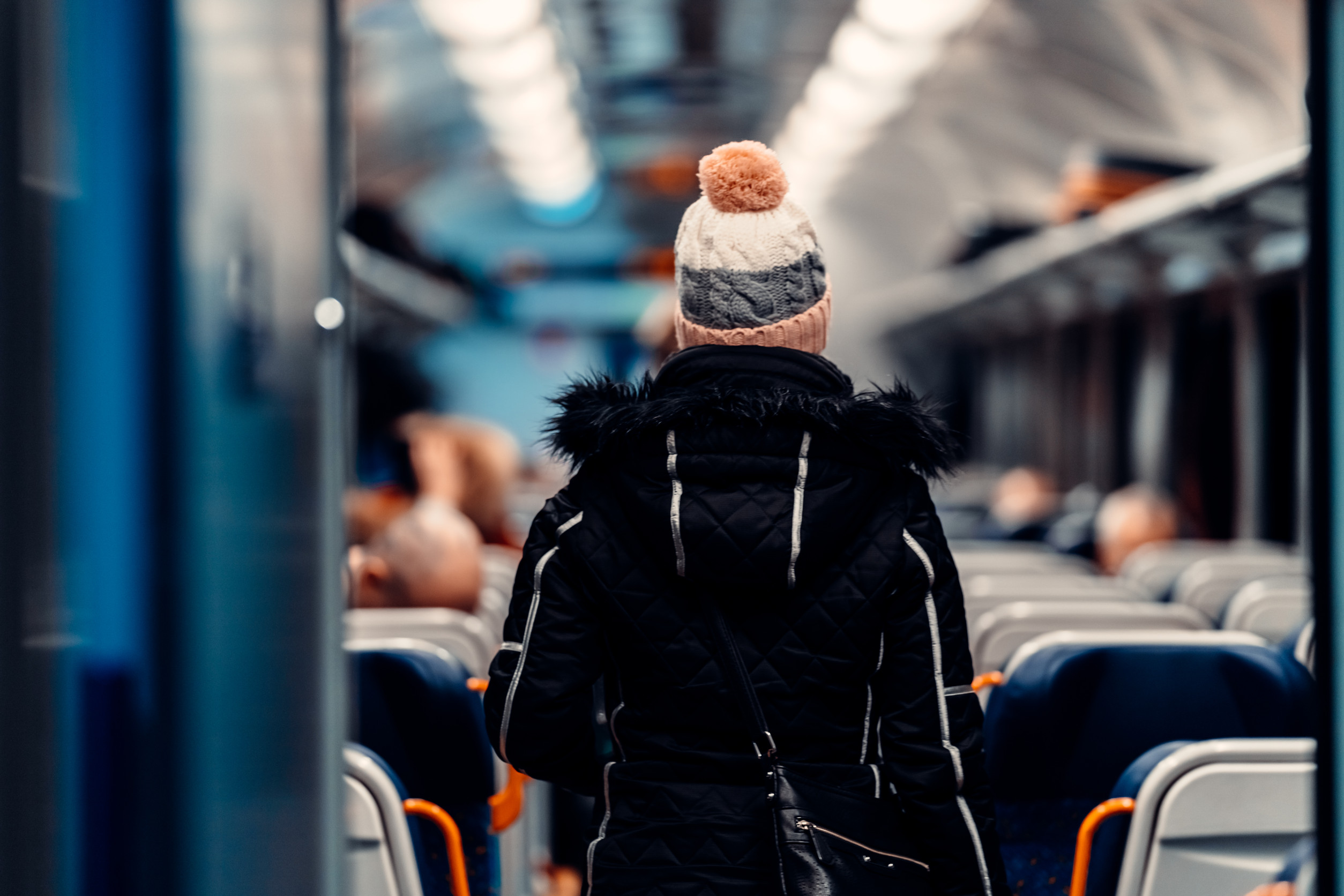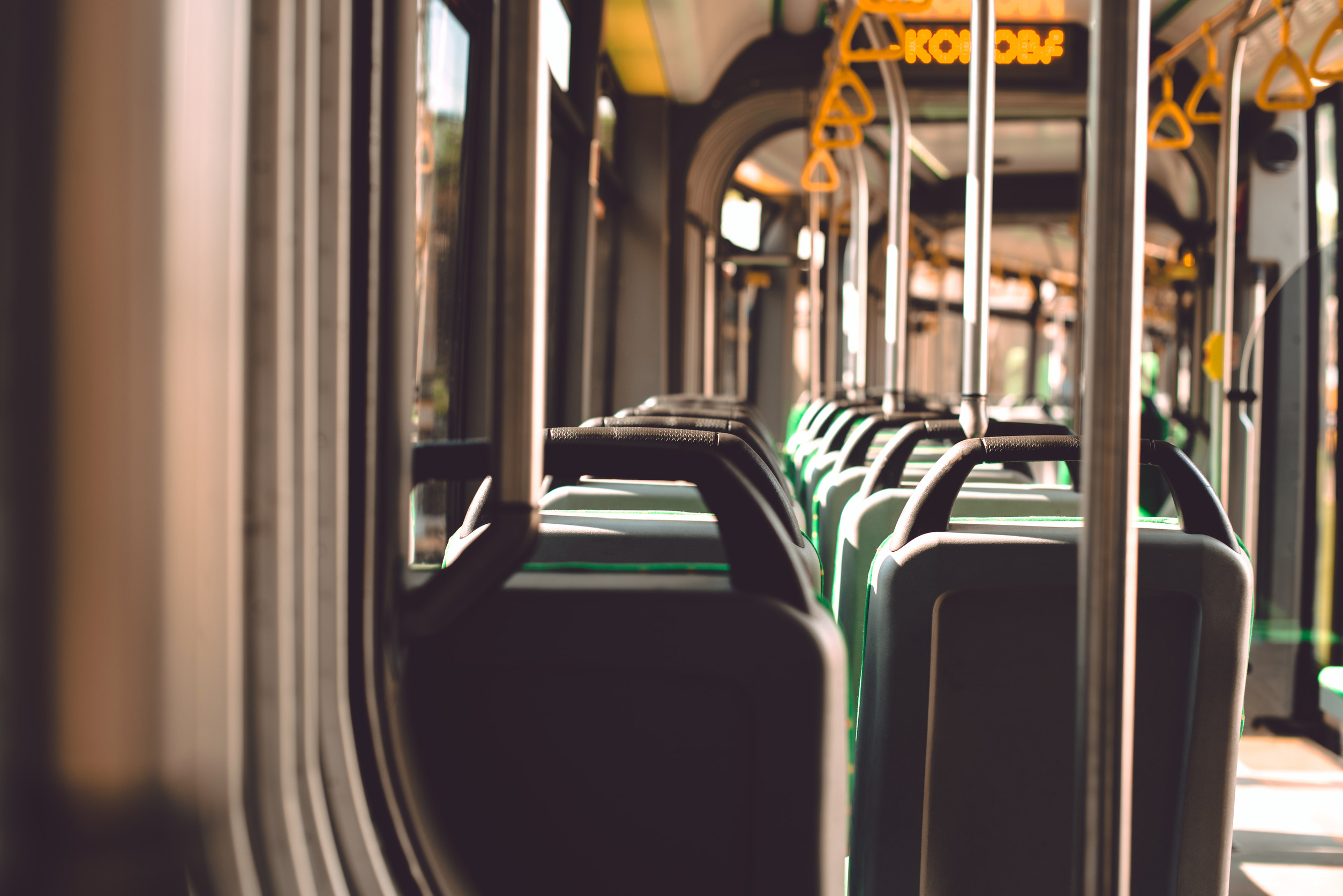Using public transportation is one of the most efficient ways to get around, especially in bustling cities or during daily commutes. It’s affordable, environmentally friendly, and often more convenient than dealing with traffic or finding parking. But while it has its perks, using buses, trains, and subways also means sharing space with strangers—and that requires a little extra awareness.
Staying safe on public transportation doesn’t mean living in fear, but it does mean making smart choices. You need to value your safety above everything else, and there are several ways to do that when you are taking public transportation.
Be Aware of Your Surroundings
One of the easiest and most effective ways to stay safe is by simply staying alert. Whether you’re waiting for a train or riding a crowded bus, keeping your head up and your eyes open can make a big difference. It’s easy to zone out with headphones in or your eyes glued to your phone, but that can make you more vulnerable to pickpocketing or other issues.
Pay attention to the people around you and trust your instincts if something—or someone—feels off. Awareness is your first line of defense, and it costs nothing.
Keep Valuables Close and Concealed
It’s always best to travel light and keep your most important belongings out of sight. Bags should stay zipped and in front of you, not dangling off your shoulder or sitting on the seat beside you. Wallets, phones, and other valuables should go in inner pockets or places that aren’t easy to access without your notice.
Flashing expensive gadgets or counting cash in public can attract unwanted attention fast. If you need to check your phone or grab something from your bag, try to do it quickly and discreetly.
Stay in Well-Lit, Populated Areas
Whether you’re waiting for a bus late at night or transferring between train lines, sticking to areas with plenty of light and people is a smart move. Isolated corners of a station or an empty stop can make you an easier target for theft or harassment.
Choose platforms or waiting areas that are clearly visible to transit staff or security cameras whenever possible. If you’re unsure about an unfamiliar station, it’s okay to wait near someone else or stand closer to the entrance. Safety often lies in visibility and numbers.
Be Mindful During Entry and Exit
Boarding and exiting public transportation can be chaotic, especially during rush hour or at busy stops. This is when pickpockets often take advantage of the crowd and confusion. Hold onto your belongings tightly, and avoid getting too close to anyone who seems to be pushing unnecessarily or hovering behind you.
If you feel rushed or pressured, take a breath and move at your own pace—you don’t have to be flustered into making a mistake. It’s also smart to check your pockets or bag as soon as you’re seated or once you’ve exited, just to be sure nothing’s missing.
Trust Your Instincts and Speak Up
If something feels off, it probably is—and your instincts are there for a reason. Whether it’s a suspicious package, an uncomfortable interaction, or someone behaving erratically, don’t hesitate to report it to the driver or a transit official.
Many transportation systems have anonymous reporting options via text or apps if you don’t feel comfortable speaking out loud. It’s better to report a false alarm than to stay silent about something that could affect your safety or that of others. Trusting your gut can help you avoid situations before they escalate.
Know Your Route and Backup Plans
Getting familiar with your route ahead of time can save you a lot of stress, especially if you’re in a new city or trying out a new commute. Knowing where you’re going reduces the chance you’ll get lost or end up in an unfamiliar neighborhood. It’s also a good idea to be aware of alternate routes in case there are delays, detours, or disruptions. Apps and transit websites can be a huge help here, providing real-time updates that let you stay one step ahead. The more you know about your options, the more confident—and safe—you’ll feel on your journey.
Safety Is Key
Public transportation should be a reliable, safe part of your everyday routine, not a source of anxiety. By making a few simple adjustments and keeping safety in mind, you can travel more confidently and avoid most common issues. The key is preparation, awareness, and trusting your gut when something doesn’t feel right.
Your personal safety is worth a few extra moments of mindfulness every time you board. If you’ve got your own tips or experiences to share, feel free to drop a comment below.
Read More
Take A Taxi Instead: These 7 States Have The Worst Public Transit Systems in America
The 6 Worst Amtrak Stations in the U.S. That Will Make You Rethink Train Travel



Leave a Reply